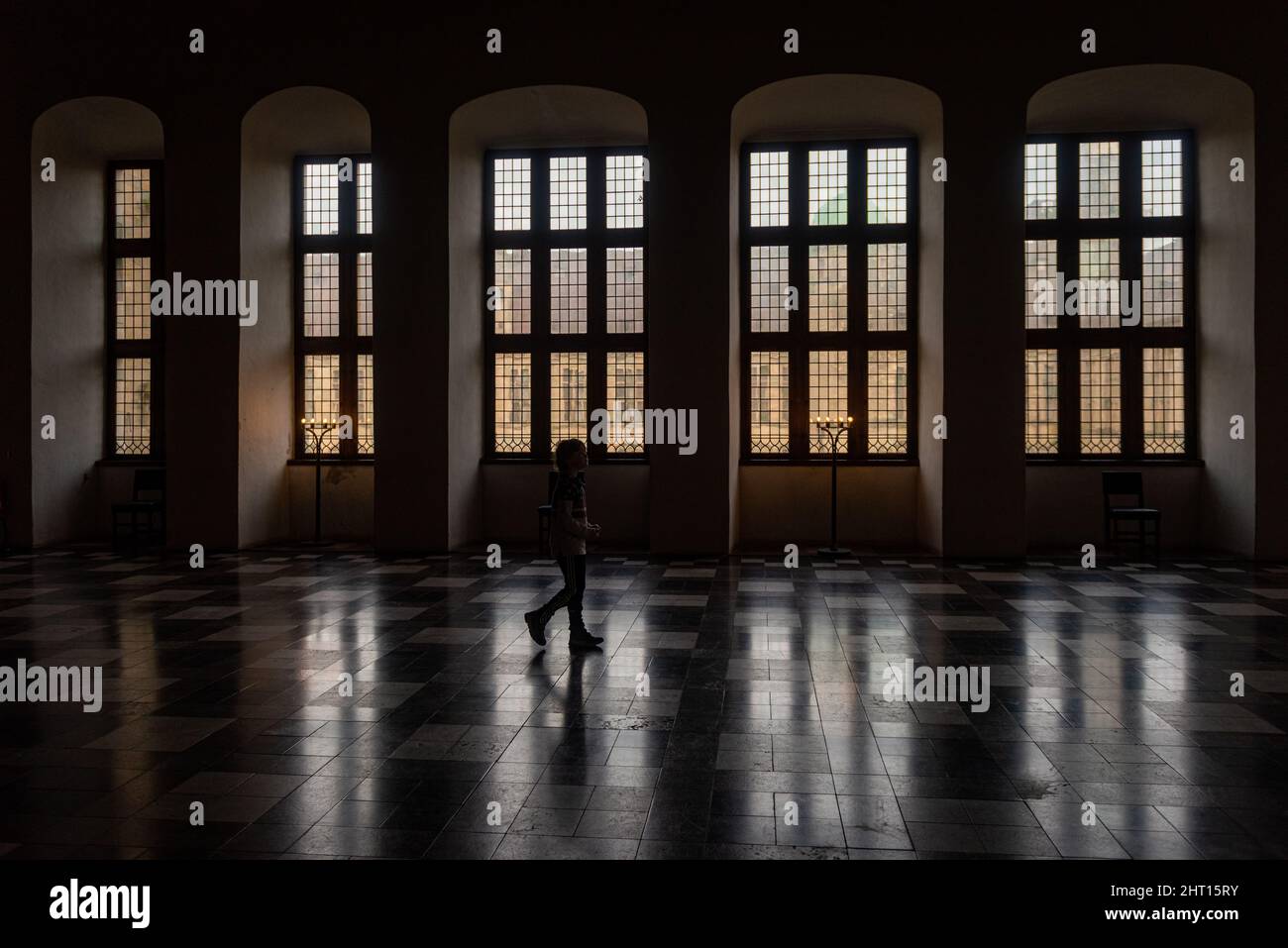Kronborg is a castle and stronghold in the town of Helsingør, Denmark. Immortalized as Elsinore in William Shakespeare's play Hamlet.

Image details
Contributor:
Mette Holm / Alamy Stock PhotoImage ID:
2HT15RYFile size:
99 MB (3.9 MB Compressed download)Releases:
Model - no | Property - noDo I need a release?Dimensions:
7200 x 4805 px | 61 x 40.7 cm | 24 x 16 inches | 300dpiDate taken:
15 February 2022Location:
Helsingør DenmarkMore information:
Helsingør, also known as Elsinore, is a port city in eastern Denmark. Overlooking the Øresund strait, the 15th-century Kronborg Castle provided the setting for Shakespeare’s “Hamlet.” Nearby, the M/S Maritime Museum of Denmark illustrates 600 years of Danish seafaring history. The glass-walled Culture Yard in the old shipyard organizes cultural events. On the pier is “Han, ” a polished steel sculpture of a man.The castle's story dates back to a fortress, Krogen (lit. "the Hook"), built in the early 1400s by the Danish king, Eric of Pomerania. The king insisted on the payment of sound dues by all ships wishing to enter or leave the Baltic Sea through the Øresund; to help enforce his demands, he built a powerful fortress at the narrowest point in the Sound. At the time, the Kingdom of Denmark extended across both sides of the Sound, and on the eastern shore the Helsingborg Castle had been in existence since the Middle Ages. With the two castles and guard ships it was possible to control all navigation through the Sound. The castle was built on Ørekrog, a sandy tongue of land stretching into the sea from the coast of Zealand towards the coast of Scania. The castle consisted of a square curtain wall with a number of stone buildings inside. The stone building in the northeastern corner contained the king's residence. The building in the southwestern corner contained a large arched banquet hall. The building in the southeastern corner possibly served as the chapel. Large portions of the walls of Krogen are contained within the present-day Kronborg Castle King Christian III had the corners of the curtain wall supplemented with bastions in 1558–1559.